All images by the ICZ
Observe, Experiment, Archive
15 November 2019 – 5 January 2020
Special Exhibitions Gallery, Sunderland Museum and Winter Garden
Observe Experiment Archive explores the parallels between photography and scientific methods such as observation, experimentation and archiving. The exhibition considers how contemporary photographic artists can respond to both scientific innovation and historical collections, their work transforming our world through light and lens. It delves into the age-old sense of wonder we feel when faced with the complex nature of our ever-changing world and the ongoing struggle to learn more. The exhibition also considers the power of human inventiveness in meeting global challenges.
Observe Experiment Archive features photography by Mandy Barker, Tessa Bunney, Liza Dracup, Sophie Ingleby, Helen McGhie, Maria McKinney, Robert Zhao Renhui and Penelope Umbrico. Curated by NEPN.
For more information on the exhibition, click here.
The installation includes new commissioned works from the collection of the Sunderland Museum and Winter Gardens.
Supported by NEPN.

This is a vitrine formerly displayed in Sunderland’s Museum from the 1930s. It is a case that showed the common birds of the English landscape, this includes the common cuckoo (now in decline) and the ring-necked pheasant. The ring-necked pheasant is an introduced species in the United Kingdom. It is debatable when the pheasants were introduced to the UK, though ring-necked pheasants were considered common in the UK by the 15th century. As much as 35 million captive bred pheasants are released into the wild every year to be hunted for game.
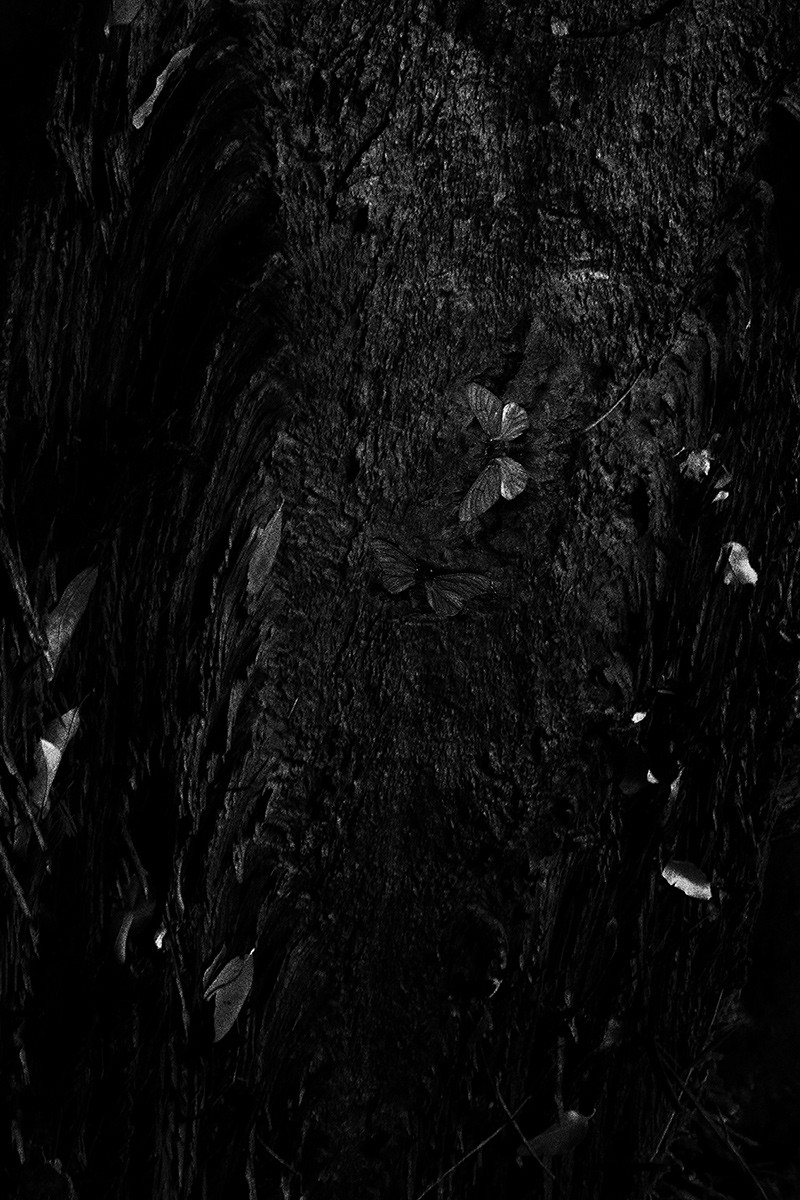
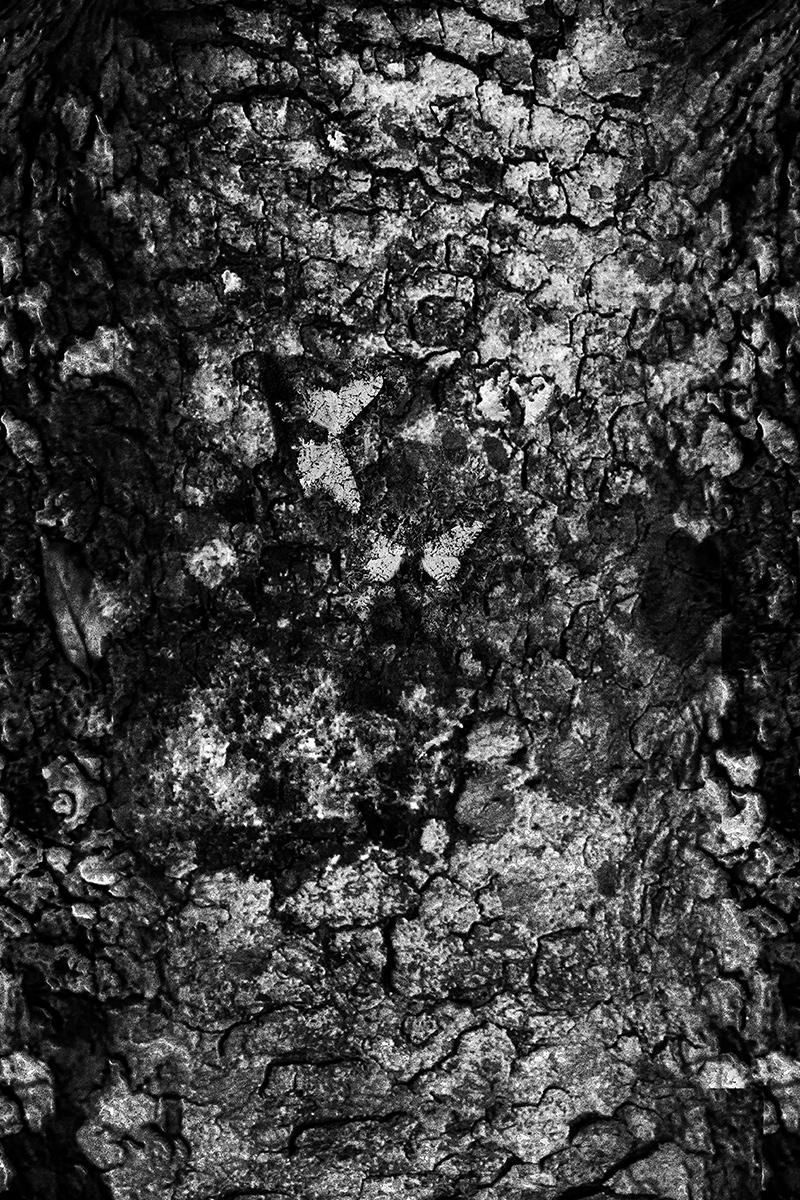
Before the industrial revolution, the black peppered moth was rare. The evolution of the peppered moth is an evolutionary instance of directional colour change in the moth population as a consequence of air pollution during the Industrial Revolution. The frequency of black peppered moths increased at that time, an example of industrial melanism. The black peppered moth is an evolutionary instance of directional colour change in the peppered moth population. This phenomenon emerged as a consequence of industrialization during the 1800s. During the early decades of the Industrial Revolution in England, the countryside between London and Manchester became blanketed with soot from the new coal-burning factories. Many of the light-bodied lichens died from sulphur dioxide emissions, and the trees became darkened. This led to an increase in bird predation for light-coloured moths, as they no longer blended in as well in their polluted ecosystem: indeed, their bodies now dramatically contrasted with the colour of the bark. Dark-coloured moths, on the other hand, were camouflaged very well by the blackened trees.
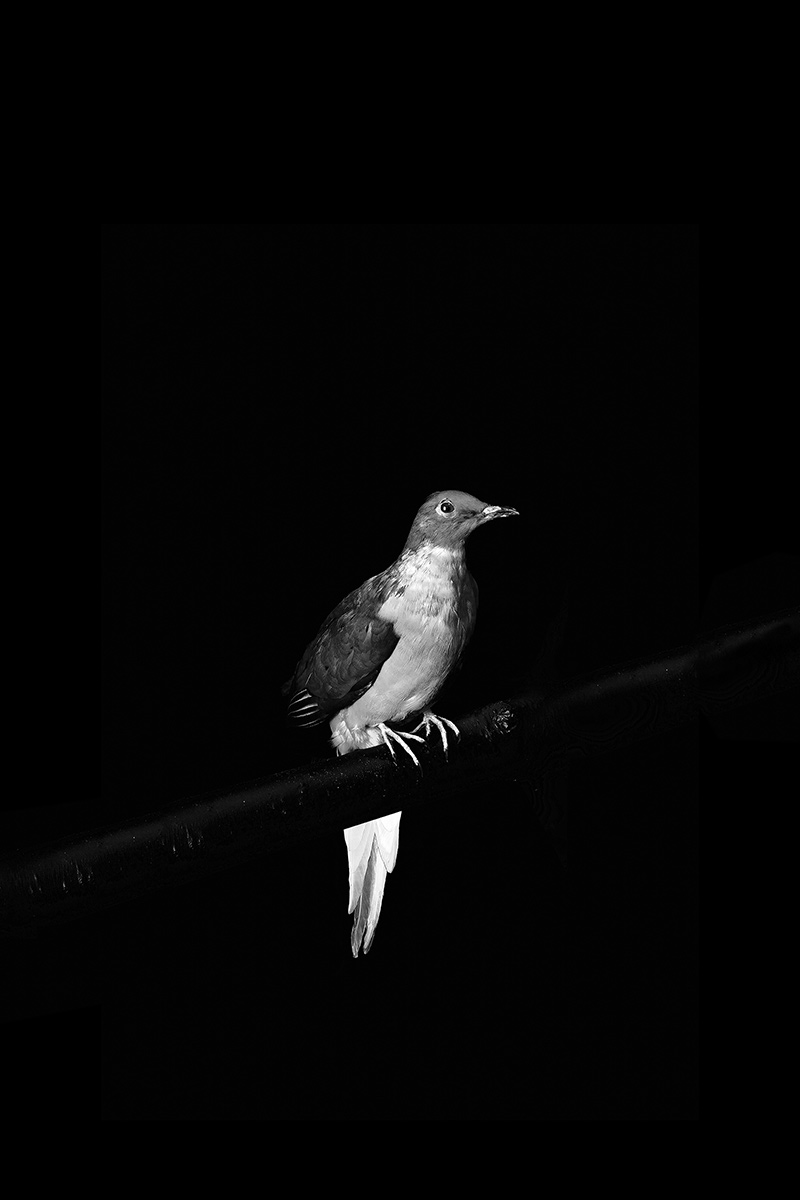
On September 1st 1914, the last known passenger pigeon died at the Cincinnati Zoo in the United States of America. The passenger pigeon was once the most abundant bird in North America and possibly the world. Passenger pigeons were hunted by Native Americans, but hunting intensified after the arrival of Europeans, particularly in the 19th century. Pigeon meat was commercialized as cheap food, resulting in hunting on a massive scale for many decades. There were several other factors contributing to the decline and subsequent extinction of the species, including shrinking of the large breeding populations necessary for preservation of the species and widespread deforestation, which destroyed its habitat.
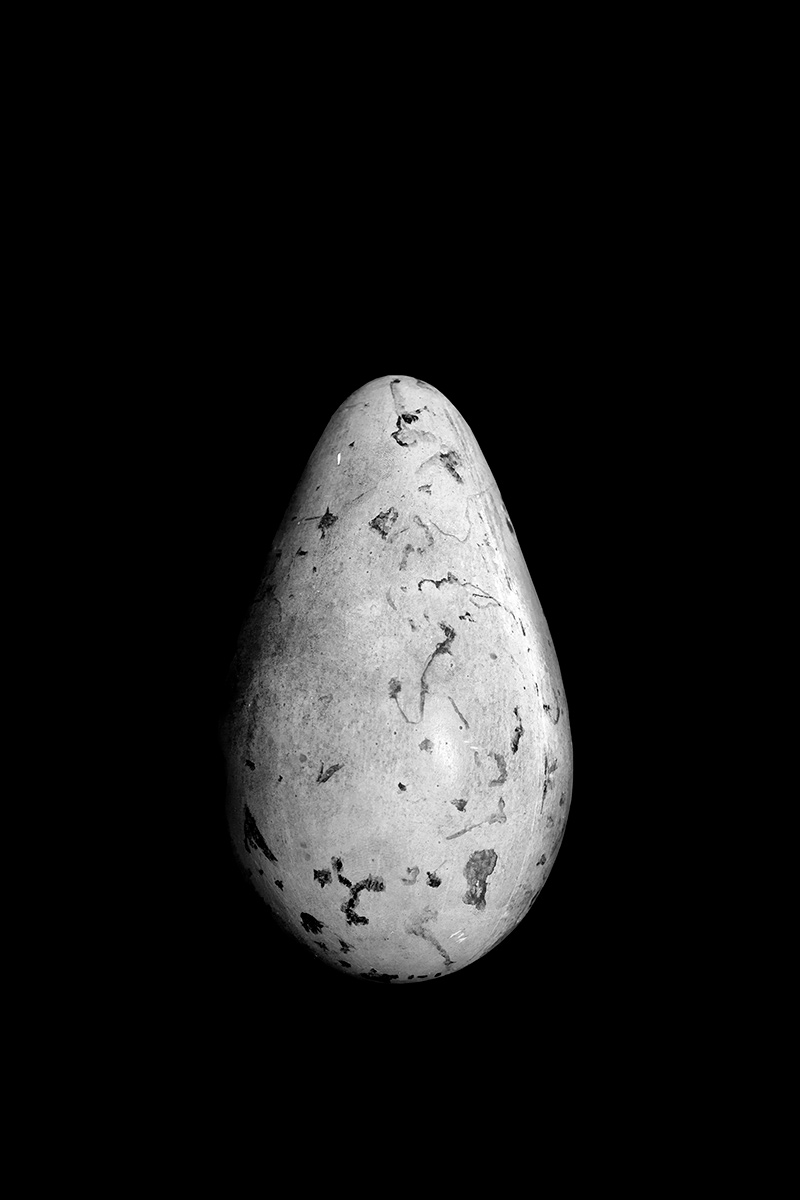

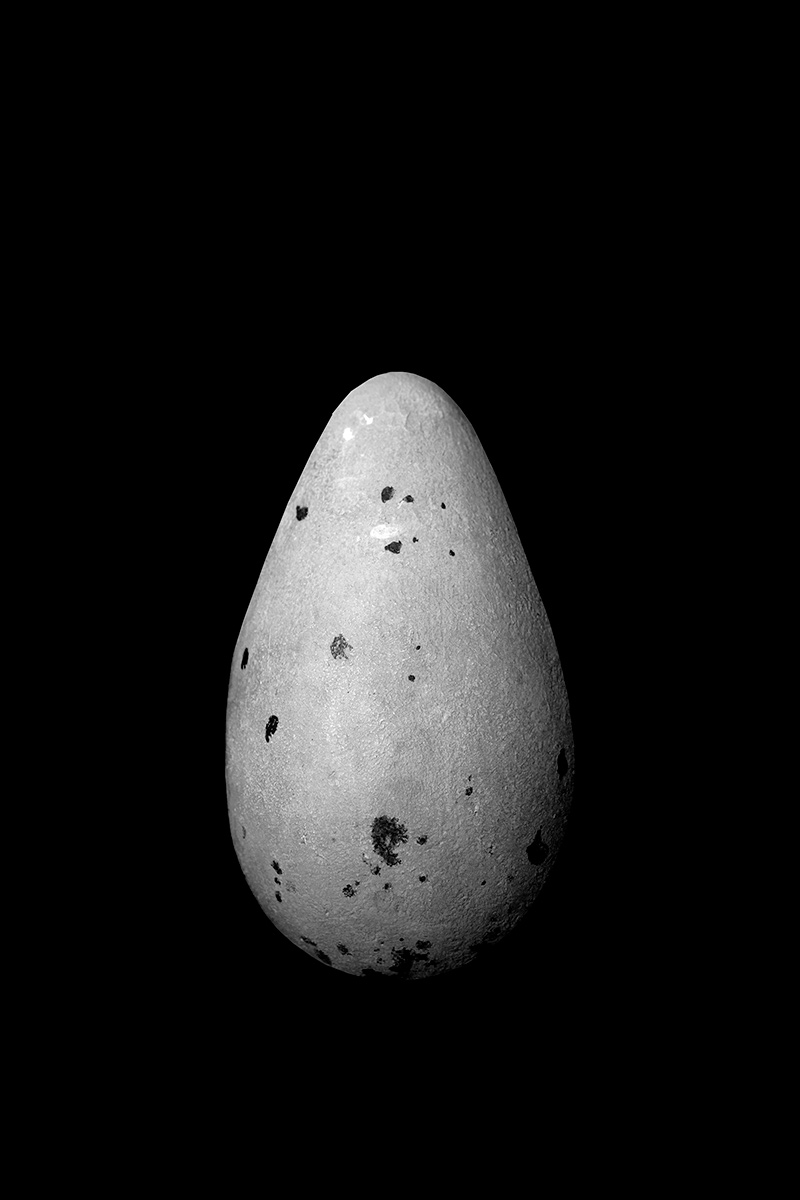
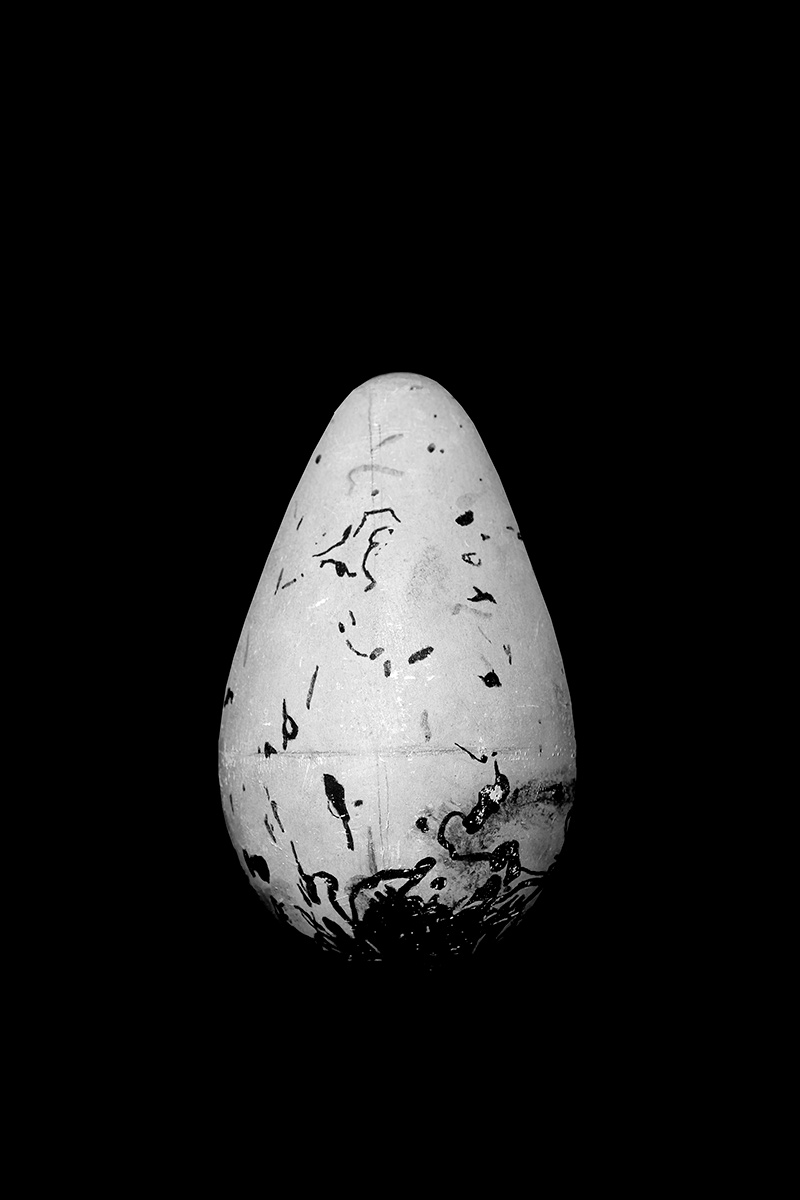
On July 3, 1844, fishermen killed the last pair of great Auks at Eldey Island, Iceland. The fisherman also collected a single egg from the island. John Hancock would later purchase one of the skins and the egg. For centuries the bird was hunted for both meat and bait. Early museums and collectors contributed to the birds’ decline as museums sought to preserve and display the skins and eggs of this bird. The last pair of great Auk was killed by fishermen who were working for a businessman wanting to sell the specimen for collectors. Only 78 skins and 75 eggs remain in collections worldwide and some of the eggs were casted, reproduced and hand painted in plaster by John Hancock. Sunderland Museum & Winter Gardens holds 4 of these eggs.


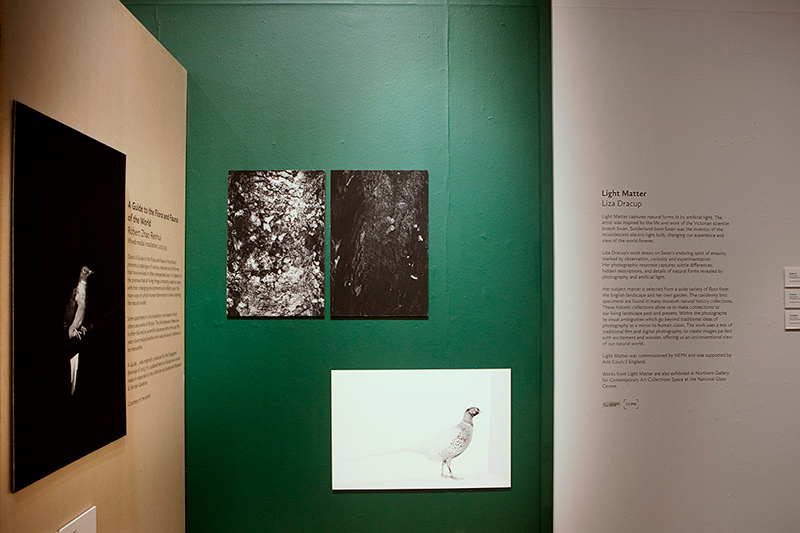

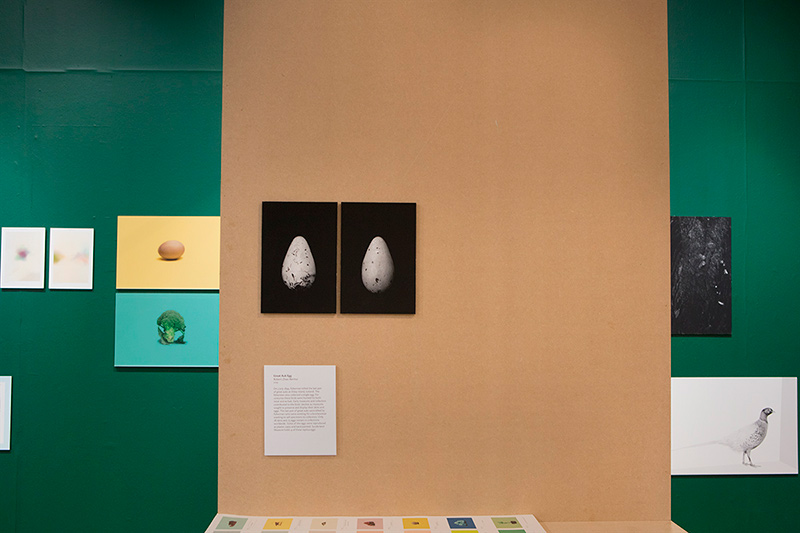
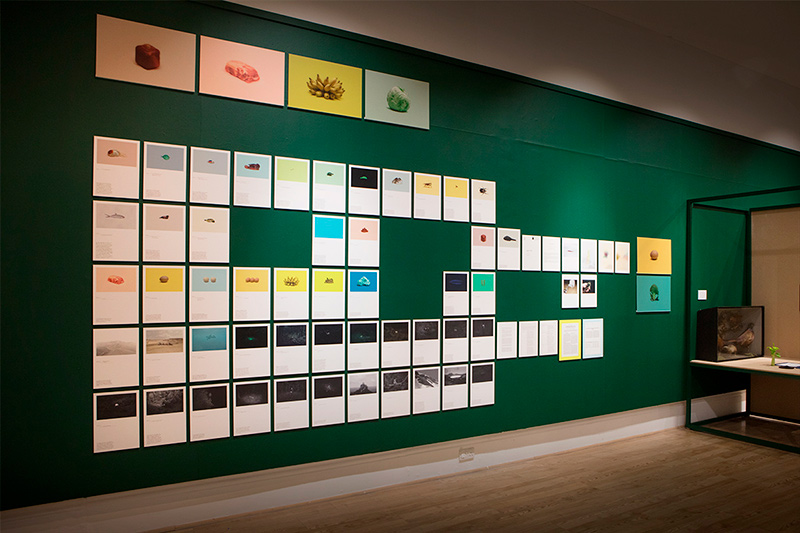














Copyright 2013, Institute of Critical Zoologists
